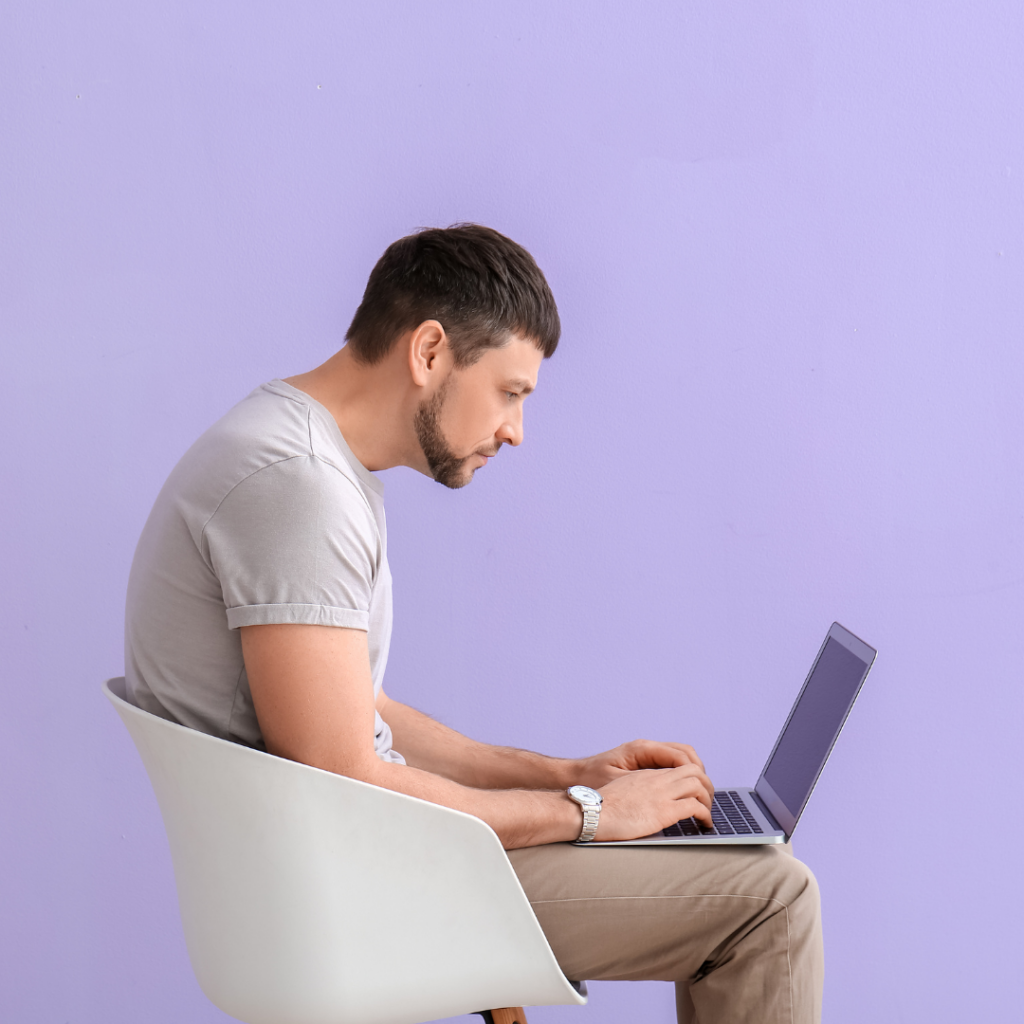

One for your earbuds
By the time you receive this newsletter, Nanyantara Santhi’s webinar – part of the Current Topis in Sleep and Circadian Health series run by Prof Manuel Spitschan and his team at the Technical University in Munich, has already gone out- but it’s well worth a listen. A link to the series and their Youtube channel is here.
Nanyantara is the author of lots of fascinating papers, including this recent piece on the dramatic impact of sleep deprivation on our ability to identify emotions. 0053 Circadian Regulation in the Social Brain: How Sleep Deprivation Compromises Empathy.
Next week’s talk looks set to be another treat for the timpani with the charismatic Eva Shernhammer – link here.
Working from home today? Are you safe and legal?
An employer is legally bound to provide a safe environment for their teams. That includes the quality and quantity of light. That’s relatively straightforward in a custom-built office.
But as more than half of us team log in from home, at least some of the time – How many Americans are really working remotely?
How do you know if your home-office lighting makes the grade? this is the current Health and Safety Executive Guidance in the UK – (dating from 1997!) Lighting at work.
But there is more recent legislation on the books – Fagerhult explains the new European standard EN12464-1 here. Lighting of indoor workplaces.
But it’s a very technical read. So here are three simple things to look out for
Time management
In the cold, dark mornings, a blast of bright light can set the tone for your day and even improve sleep at night.
Research by Lucas et al suggests that 250 melanopic lux (equivalent to 500 lux of a standard domestic light) – Measuring and using light in the melanopsin age, for at least two hours sets the body clock, regardless of where that light is coming from. 30 minutes of a SAD lamp at 10,000 lux seems to serve a dual purpose, setting the body clock and improving mood – Bright Light Therapy: Seasonal Affective Disorder and Beyond.
Lighting that changes over the course of the day also helps your brain to keep track of time, boosting mood, productivity and sleep – Active interventions of dynamic lighting on human circadian rhythm and sleep quality in confined spaces. Windows are the natural and sustainable solution to helping your brain stay on track – an outside view not only helps you to sleep, it makes you more physically active during the day – Access to Daylight at Home Improves Circadian Alignment, Sleep, and Mental Health in Healthy Adults: A Crossover Study.
How many lightbulbs can you see right now?
Have you ever wondered how they work?
They’re an amazing piece of engineering hiding in plain sight!
So every time you flip a switch, you’re watching a piece of engineering at the atomic scale.
Isn’t that incredible!